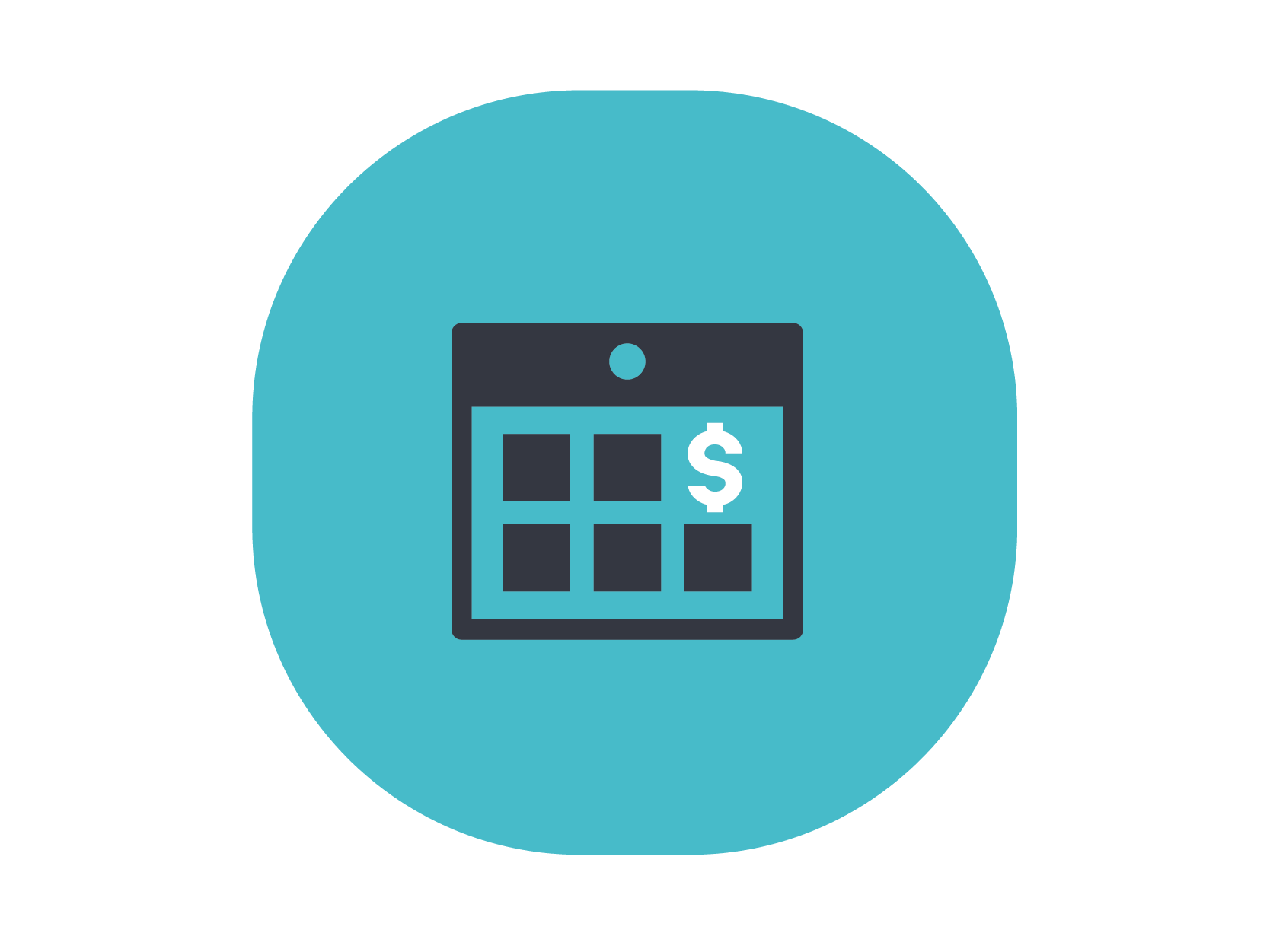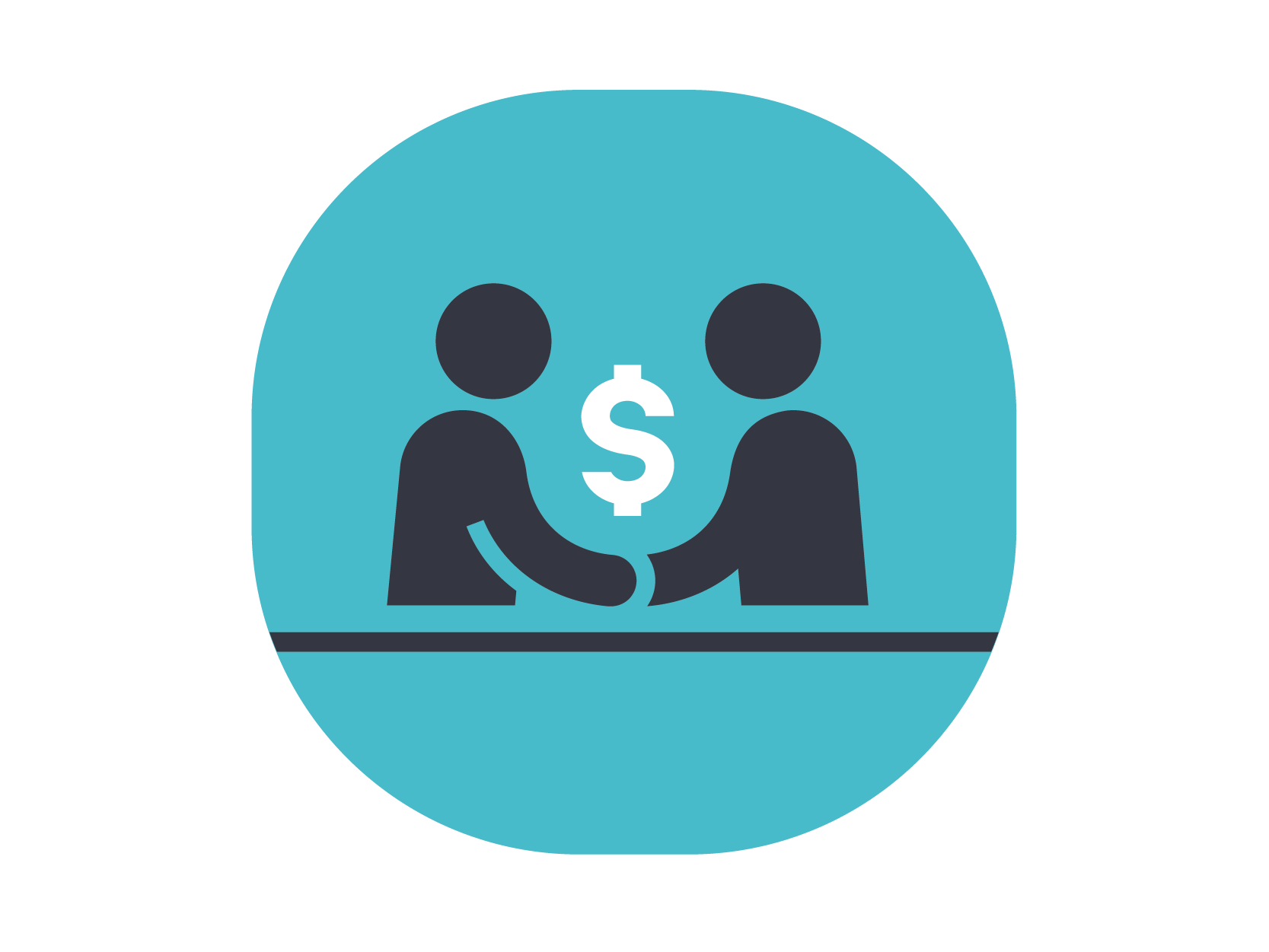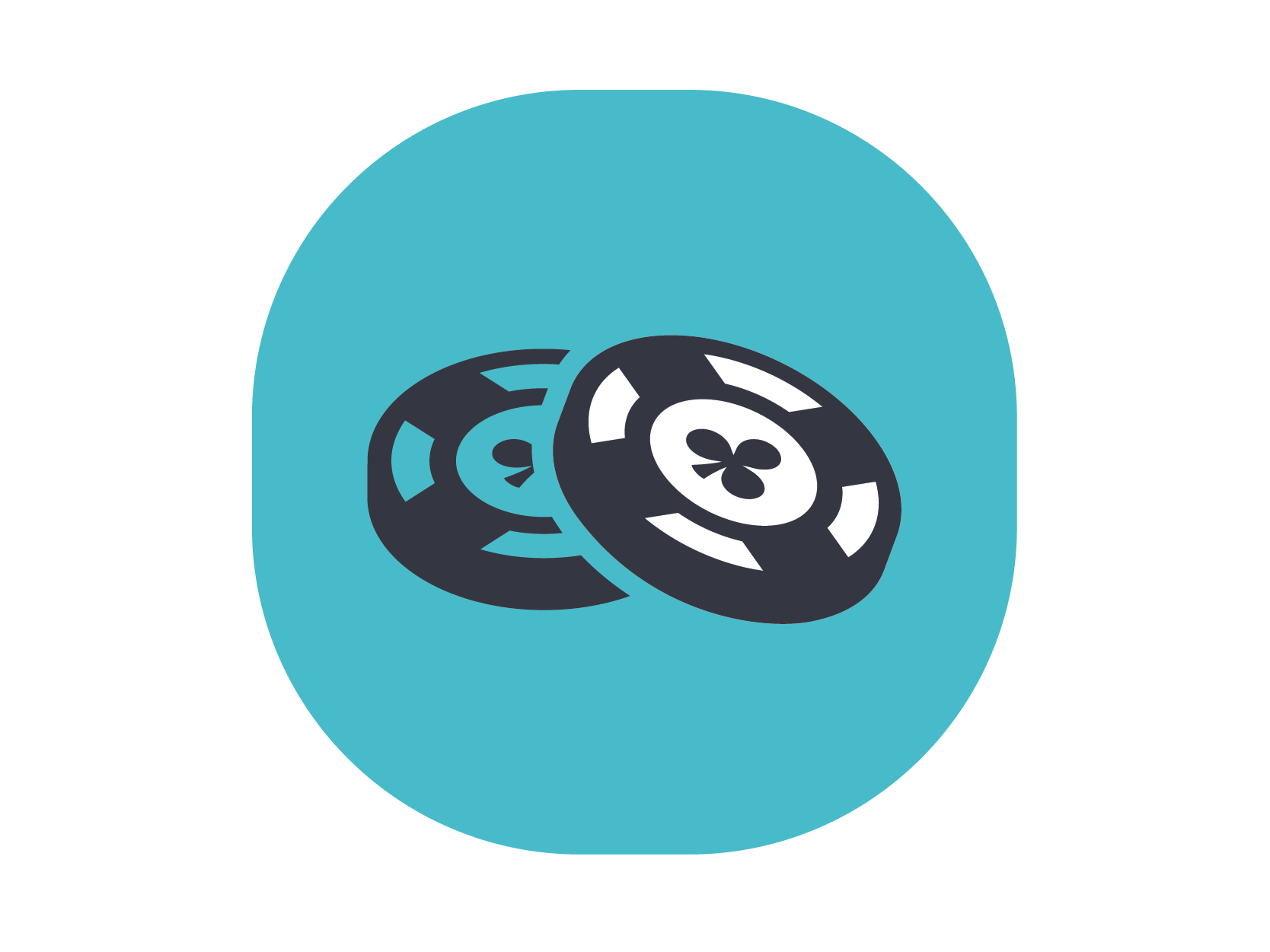
Types of Debt
Debt and the Relationship between Borrower and Lender
Debt is normally described in negative terms, but in reality borrowing money is part of life and isn’t necessarily a bad thing. It needs to be remembered that debt is a “two way” thing – a willing borrower and a willing lender, and hence it’s not just the responsibility of the borrower to ensure that they can afford the debt repayments, but also that of the lender.
A lender to retail customers in New Zealand has responsibilities under the Responsible Lending Code (“Code”), which makes clear the responsibilities of lenders and creditors, specifically on the affordability of credit and whether it is suitable for the borrower’s needs.
However, when it becomes unmanageable or unaffordable then debt will become a problem, and can inevitably lead to spiralling interest, costs and charges, that can prove near impossible to get out of. If it is proven that the lender has not complied with the Code and has potentially taken advantage of the borrower’s vulnerability or lack of understanding, then the lender may be deemed to have acted oppressively and orders can be made against the lender for refunds, compensation, exemplary damages or other orders, which may include the debt being written off altogether.

“Debt is like any other trap, easy to get into, but real hard get out of.”
Unfortunately, there are many ways debts can suddenly become unmanageable, for example:
Redundancy
Unemployment or underemployment
Illness leading to loss of work
Unexpected new costs such as essential home repairs
Irresponsible or reckless lending
Oppressive advances or loans
As a result, all lenders have a responsibility to treat their customers fairly, without oppression and ethically, and have responsibility to assess financial hardship applications in a fair manner.
Manageable & unmanageable debt
People don’t usually take on a debt knowing they won’t be able to pay it back, but let’s face it, circumstances can and do change, and a debt that was once manageable can suddenly become entirely unmanageable.
When you are thinking about borrowing money, sit back, take time and look at the whole picture. At first glance some debts may look cheap and affordable, but when you read the small print (particularly if you think you may struggle with the repayments occasionally) then those debts and the lenders may prove far more difficult to deal with down the line.
Some of the most Important things that you need to consider when borrowing money, are:
Interest rate: This may vary according to your personal circumstances and the amount you borrow, the lender’s own criteria and whether the debt is secured or unsecured. A debt with a higher interest rate will cost more and may take longer to pay back. Can you afford to pay back the capital AND the interest?
Repayment amount: This is the amount of money you agree to pay back to clear the debt, on a weekly, fortnightly or monthly basis. If the repayment amount is likely to stretch your budget, you may struggle to service the debt.
Repayment term: This is the length of time you agree to make repayments. Typically, a debt with a longer repayment term has a lower repayment amount when compared to borrowing the same amount over a shorter term. This may make the debt more manageable, but it also means you may end up paying more money back over the lifetime of the debt.
Penalties for late payment: Some lenders are stricter than others. Look out for high late payment penalties as these can cause your debt to grow quickly if you’re struggling to make repayments.

Prioritising your debts
If you find yourself in the situation that you’re struggling to pay debts due to several lenders, then its extremely important that you prioritise those lenders that you pay. You really do need to pay your most important debts first, which are quite often those that relate to to your home, and secured debts.
However, if all of your debts are unsecured you then need to think about which debts will cost you the most if you miss repayments and not necessarily just pay those lenders that shout the loudest.
If you are really struggling to get by each month and are feeling completely overwhelmed with debts and dealing with your lenders, then get in touch with Simply Budget or Debtfix today and we will find the best solution for you. Simply click on the button below or give us a call. The advice we give is impartial and confidential.
Different types of debt
There are so many types of debt, we can’t cover them all on this website but debts can generally be split into two main categories, being secured debt and unsecured debt.
Secured debts are monies borrowed and secured against an asset. For example, when you take on a mortgage, the bank will secure that debt against your home, and if you can’t then pay your mortgage, your bank has the rights to repossess and sell your home to recover the debt due. The same applies with a secured car loan, and other debts such as hire purchase and other similar credit agreements.
When a guarantor has provided surety to a lender, then the debt may also then be described as a secured debt, because the lender has the right to seek repayment from the guarantor if you’re unable to repay the debt yourself. A guarantor may have provided specific security in favour of the lender, so that their asset can then be sold to repay your debt.
Unsecured debts, such as a personal loans or credit card debt, are generally not secured against any specific asset or covered by a guarantor, so if you can’t pay back the debt, then the creditor has nothing to take possession of, but must enforce their debt in other ways, bankruptcy being the most extreme option that they have.
To find out more about different types of debt, then click on any one of the icons below:






















